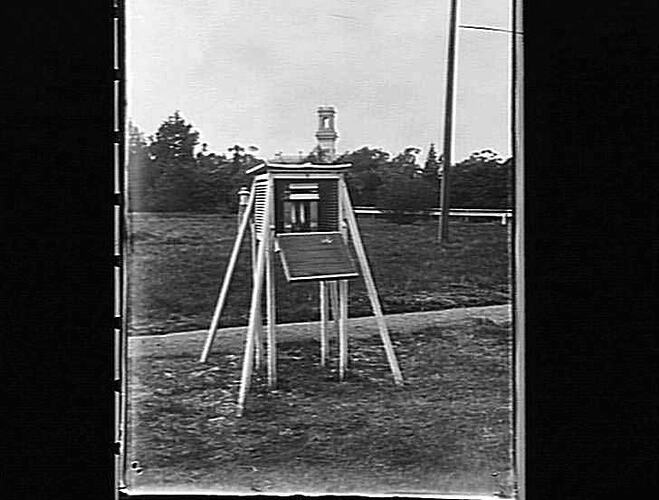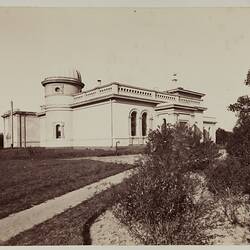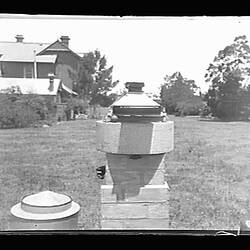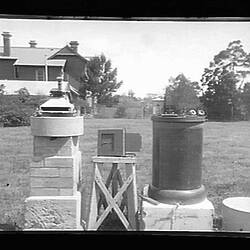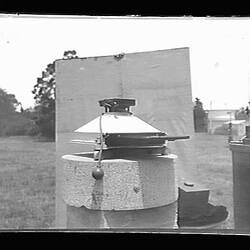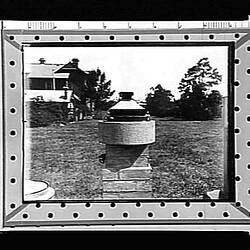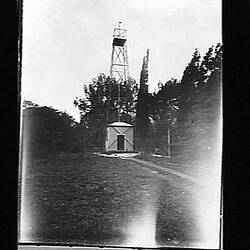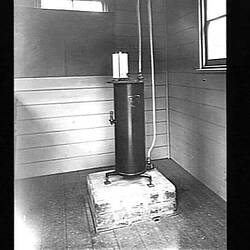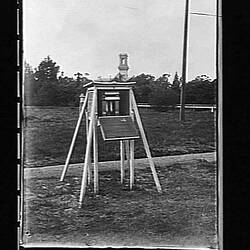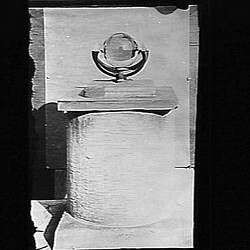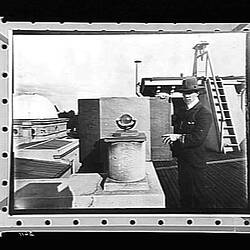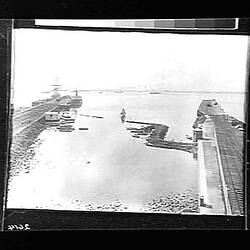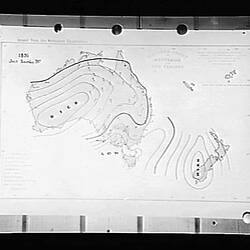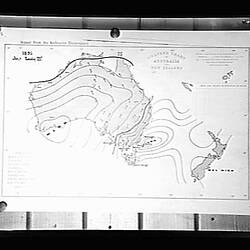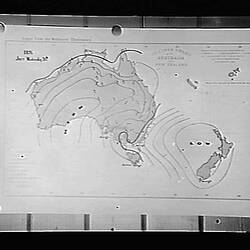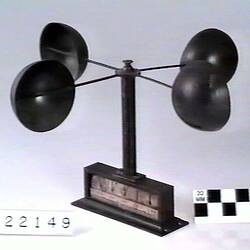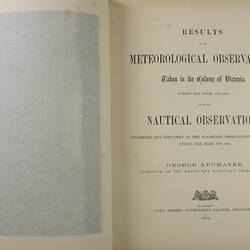The collecting of meteorological data was an important aspect of Melbourne Observatory's work from its inception in 1863. Just as astronomy had an important practical role to play in navigation, timekeeping and surveying, so the meteorological service provided up to date weather information and forecasts that were essential for shipping and agriculture.
By 1870 Government Astronomer Robert Ellery had a well organised system in place. Meteorological instruments on the east of the Observatory site automatically recorded temperature and air pressure; full records were sent from 7 major country sites, and records of rainfall from another 16 volunteers. This network gradually expanded until by 1893 Ellery was receiving rainfall records from 514 places around Victoria.
In collaboration with the government astronomers at Sydney and Adelaide, Ellery also established a system of intercolonial weather reports, sent daily by telegraph. By 1877 the three observatories were exchanging weather information twice a day by telegraph, and from 1881 Ellery provided the newspapers with a daily weather map of Australia and a forecast of the day's weather. Information and forecasts were telegraphed to the country stations each afternoon.
In the late 1890s the Observatory participated in an international project to observe and photograph clouds for one year, to provide data that could relate cloud types to other meteorological information such as air pressure and rain. Observers around Victoria were trained to observe cloud types and send in information, while special photographic apparatus was installed at the Observatory and on the roof of Parliament House.
Meteorology also had an important symbolic role in the development of the nation. The colonial government astronomers, with their dependence on one another for astronomical information, timekeeping, surveying and weather information, had established a form of scientific federalism that predated the moves to political federalism. The daily weather map of Australia inside each newspaper declared that there were fundamental meteorological relationships linking the colonies. Meteorology, like astronomy, was one of the specific functions listed in the Australian Constitution to be taken over by the Commonwealth Government, and in 1907 several Melbourne Observatory staff were transferred to the new Commonwealth Bureau of Meteorology.
The long-term value of the records was also recognised, and in 1919 the complete records of the Melbourne Observatory and its network of stations was statistically analysed and published.
References:
Baracchi, Pietro (1919). Victorian Meteorological Statistics Based on all available records obtained at 1,046 official stations from Jan. 1856 to Dec. 1907, Melbourne: Government Printer.
Home, R.W. & Livingston, K.T. (1994). 'Science and Technology in the Story of Australian Federation: The Case of Meteorology, 1876-1908,' Historical Records of Australian Science, 10(2), pp.109-127.
More Information
-
Keywords
-
Authors
-
Article types
